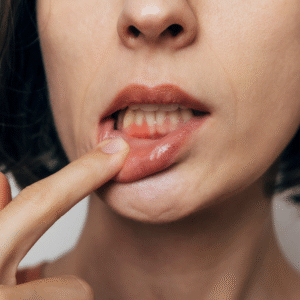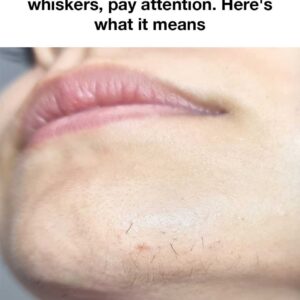**Cold Sores and a Possible Link to Alzheimer’s: A Simplified Overview**
Cold sores, or “fever blisters,” are caused mainly by herpes simplex virus type 1 (HSV-1), though HSV-2 can also be involved. As the article notes, *”cold sores are highly contagious,”* spreading through direct or indirect contact, including kissing, sharing utensils, or touching sores and then other body parts.
Symptoms unfold in stages: *“A burning or itching sensation is often the first sign,”* followed by blisters, rupturing, scabbing, and eventual healing in 7–10 days. While the virus remains dormant, triggers like *“stress, sun exposure, hormonal shifts, or illness”* can reactivate it.
There’s no cure, but antiviral pills and creams, pain relievers, and lip balms help manage outbreaks. Prevention includes avoiding contact during flare-ups and not sharing personal items. See a doctor if outbreaks are severe or frequent.
Interestingly, research now suggests a possible link between infections like gum disease and Alzheimer’s. One study found *“toxic gingipains in the brains of individuals with Alzheimer’s—even in those not diagnosed during life.”* This points to brain infection being *“an early event”* in Alzheimer’s development. While more research is needed, it highlights the potential role of infection in neurodegenerative disease.





